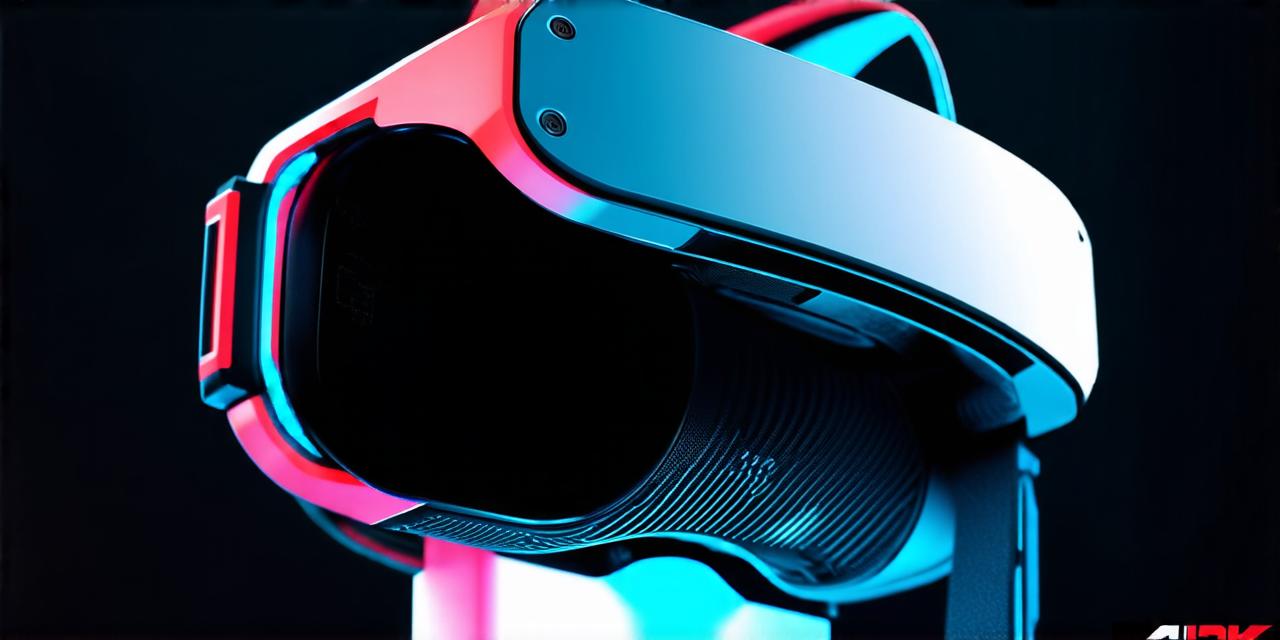Virtual Reality (VR) is a revolutionary technology that has gained significant popularity in recent years. It is a powerful tool that can be used to create immersive experiences across various industries, including gaming, education, and healthcare.
1. Unity:
Unity is one of the most popular VR development platforms used by game developers and professionals alike. It offers a wide range of tools and features that make it easy to create immersive experiences for various devices, including VR headsets like Oculus Rift, HTC Vive, and PlayStation VR. With Unity, users can create 2D, 3D, and AR/VR content using C or JavaScript programming languages. It also supports real-time rendering, physics simulation, and animation tools, making it an ideal platform for game development. However, the learning curve for Unity can be steep, especially for beginners, as it requires extensive knowledge of programming and 3D modeling.
2. Unreal Engine:
Unreal Engine is another popular VR development platform that is widely used in gaming and film industries. It offers a vast library of assets, plugins, and tools that help users create realistic and interactive environments quickly. With Unreal Engine, users can develop VR experiences using C++ or Blueprints programming languages, which makes it accessible to both beginners and experienced developers. The platform also supports real-time rendering, physics simulation, and animation tools, making it easy to create immersive experiences for various devices. However, the learning curve for Unreal Engine is similar to Unity, and users may need some experience with 3D modeling and programming to get started.
3. A-Frame:
A-Frame is an open-source VR development platform that allows users to create immersive experiences using HTML, CSS, and JavaScript. It is designed specifically for web-based VR experiences, making it easy to develop content that can be accessed from any device with a browser. A-Frame offers a vast library of pre-built components, including 3D models, animations, and physics simulations, which makes it an ideal platform for beginners who want to create VR experiences quickly. However, the platform’s limitations lie in its inability to support high-performance graphics and complex physics simulations, making it unsuitable for some applications.
4. SteamVR:
SteamVR is a VR development platform that is primarily used for gaming and entertainment applications. It offers a vast library of games and experiences that are accessible through the Steam store, making it an ideal platform for developers who want to reach a wide audience. With SteamVR, users can develop VR experiences using C++ programming language or Unity engine, which makes it accessible to both beginners and experienced developers. The platform also supports real-time rendering, physics simulation, and animation tools, making it easy to create immersive experiences for various devices. However, the learning curve for SteamVR is steep, and users may need extensive knowledge of programming and game development to get started.
5. HoloLens:
HoloLens is a VR development platform that is designed specifically for augmented reality (AR) applications. It offers a vast library of pre-built components, including 3D models, animations, and physics simulations, which makes it easy to create immersive experiences quickly. With HoloLens, users can develop AR experiences using C or Unity engine, making it accessible to both beginners and experienced developers. The platform also supports real-time rendering, physics simulation, and animation tools, making it an ideal platform for creating interactive and engaging AR experiences. However, the platform’s limitations lie in its inability to support high-performance graphics and complex physics simulations, making it unsuitable for some applications.
In conclusion, there are several VR development platforms available today that can help creators bring their visions to life. Each platform has its features, capabilities, and limitations, making it essential to choose the right one based on your requirements and experience level. Whether you’re a beginner or an experienced developer, there is a VR development platform out there that can help you create immersive experiences for various devices and applications. So, take your time to explore each platform and choose the one that best suits your needs and goals.
